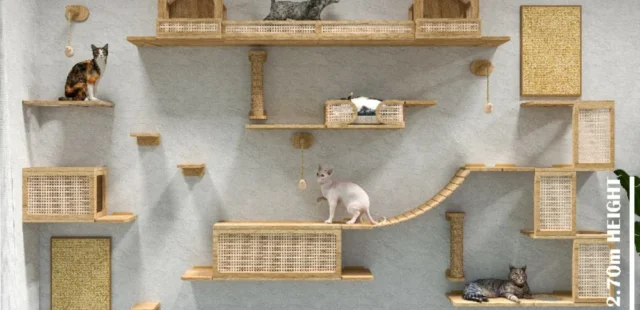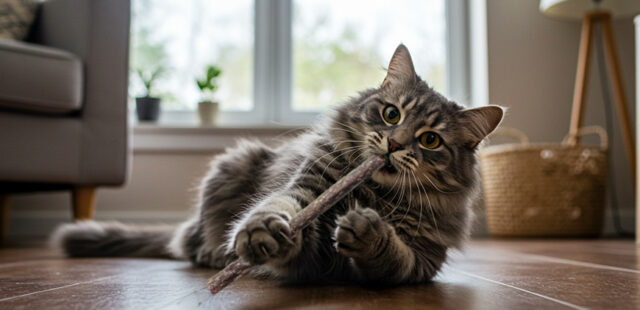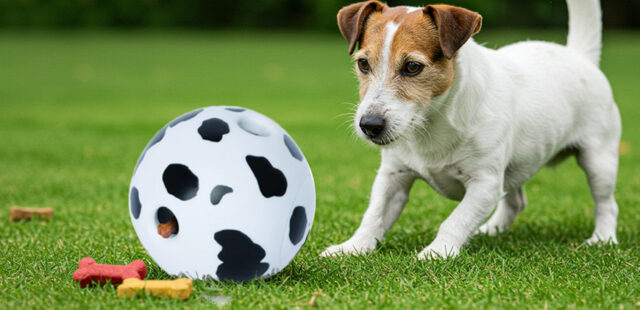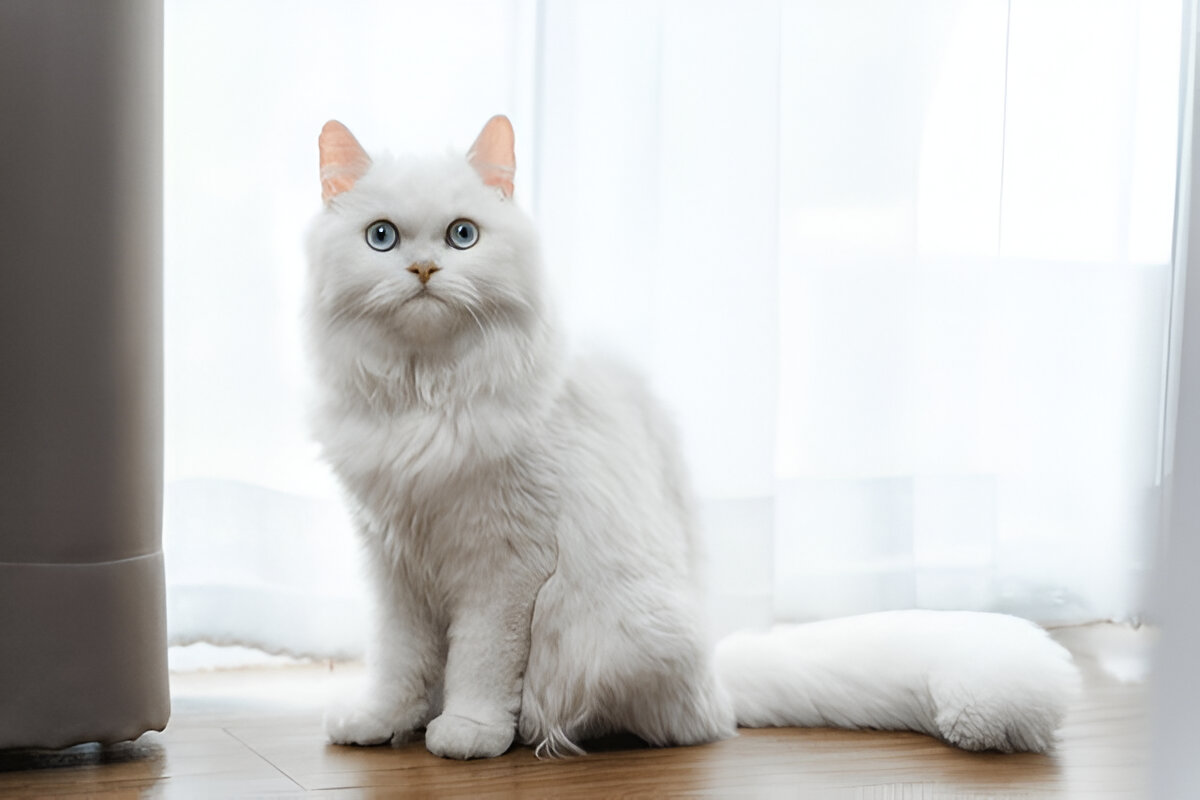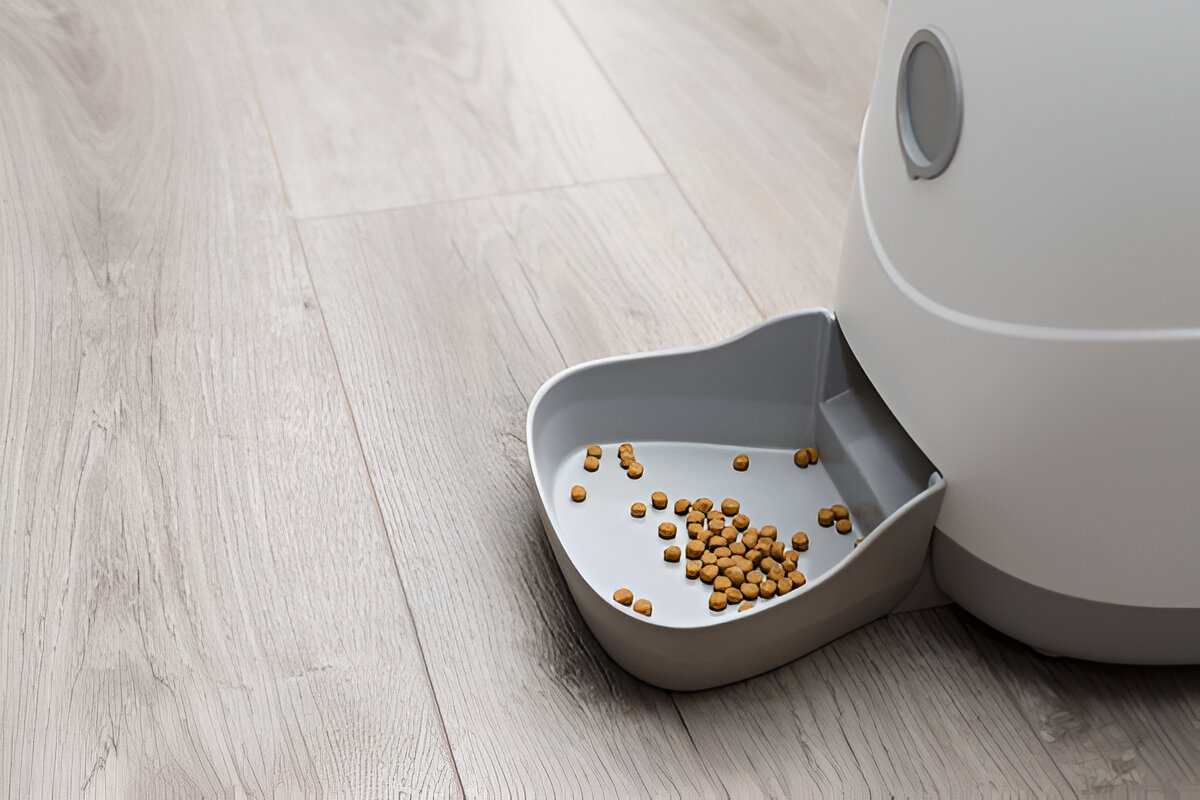Cats have long been adored for their grace, independence, and enigmatic nature. While their aloofness and unpredictable behavior are part of their charm, one of the most puzzling traits many cat owners observe is their apparent absent-mindedness. From forgetting where they left their favorite toy to staring blankly into space as though contemplating the mysteries of the universe, our feline friends can often seem lost in their own little world. But what’s really going on inside the mind of a cat? Is it simple distraction, or is there something deeper at play?
In this blog, we’ll explore the fascinating world of feline cognition, look at why cats sometimes seem absent-minded, and discover what these behaviors tell us about their unique intelligence and emotional complexity.
Understanding Feline Cognition: More Than Just a Blank Stare
To understand why cats sometimes exhibit absent-minded behavior, it’s essential first to appreciate their cognitive abilities. Contrary to popular belief, cats are highly intelligent animals, although their intelligence manifests in ways that differ from other domestic animals like dogs. Cats are not pack animals; they are solitary hunters by nature. This means their problem-solving skills, memory, and attention span are adapted for self-reliance rather than cooperation or obedience.
Researchers have found that cats have excellent long-term memories, especially when it comes to things that affect their survival, such as where they last found food or the location of a safe hiding spot. However, cats may not retain information that doesn’t have immediate relevance to their daily needs. This selective attention may explain why your cat can remember the sound of a can opener but forget that their favorite blanket is right next to them.
The Mystery of “Staring into Space”
One of the most common manifestations of feline absent-mindedness is the infamous “staring into space” behavior. Your cat might sit for several minutes, staring at what appears to be absolutely nothing. While this might seem like daydreaming, there’s more to it than meets the eye.
Cats are known for their acute senses, particularly their vision and hearing. What may look like an empty wall to us could be full of visual or auditory stimuli that our human senses are too limited to detect. Cats can pick up on minute movements of light or shadow and the faintest rustles or buzzing noises. So, while your cat might seem to be zoning out, they could actually be intensely focused on something imperceptible to you.
This hyper-awareness is rooted in their evolution as predators. In the wild, cats need to be vigilant, constantly scanning their environment for potential prey or danger. When your cat appears to be absent-minded, it could be that they’re deeply in tune with their surroundings, tracking something undetectable to us.
Short Attention Spans: Why Your Cat Seems to Forget
Another common quirk that baffles cat owners is their seemingly short attention spans. You might be in the middle of playing with your cat when suddenly, they walk away as if they’ve forgotten all about the fun. Or, perhaps they ask for food and then wander off, leaving the meal untouched for a while.
One explanation for this behavior is that cats are naturally curious but easily distracted animals. A sudden noise, a movement outside the window, or a shift in light patterns can divert their attention almost instantaneously. Again, this stems from their survival instincts. In the wild, a cat needs to be able to react quickly to environmental changes. That sudden interest in something else could be an ingrained response to a potential threat or opportunity, even if it’s just the neighbor’s dog walking by outside.
Furthermore, cats have bursts of energy followed by long periods of rest, a pattern that mirrors their hunting habits. In the wild, a cat would stalk its prey, engage in a quick, intense burst of activity to catch it, and then retreat to rest and conserve energy. This pattern is mirrored in domestic cats, which might explain why they seem to “forget” about playtime or other activities. They’re simply shifting between phases of high alertness and relaxation.
Cat Napping: The Sleepy Side of Absent-Mindedness
Another factor that contributes to feline absent-mindedness is sleep. Cats sleep a significant portion of the day—up to 16 hours or more. During this time, their brains are processing and consolidating information. Cats experience REM sleep, which is associated with dreaming, suggesting that they, like humans, use sleep as a way to process and store memories.
However, cats also experience frequent periods of light sleep, during which they remain somewhat aware of their surroundings. In these states, cats might wake up and appear to be out of it for a few moments before fully regaining their focus. This groggy, half-awake state can make them seem absent-minded, but it’s just part of their natural sleep-wake cycle.
Stress and Anxiety: Could There Be an Emotional Component?
Feline absent-mindedness may also have an emotional dimension. Cats are creatures of routine and can be highly sensitive to changes in their environment. New furniture, the arrival of a new pet, or even a change in their food bowl’s position can cause stress or anxiety. In response, cats may appear distant or absent-minded as they try to process these changes.
When a cat is stressed, they may exhibit behaviors like pacing, grooming excessively, or avoiding certain areas of the house. They may also appear more aloof or detached than usual. In these cases, what may look like absent-mindedness could actually be your cat’s way of coping with feelings of insecurity or discomfort. If your cat’s behavior seems off, consider any recent changes in their environment or routine, and consult with a veterinarian if necessary.
The Role of Aging in Feline Absent-Mindedness
As cats age, they, like humans, may experience cognitive decline. Feline Cognitive Dysfunction (FCD), sometimes referred to as “feline dementia,” can cause older cats to seem more absent-minded or forgetful. Symptoms of FCD include disorientation, changes in sleeping patterns, and forgetfulness, such as forgetting where their litter box is or appearing confused about familiar surroundings.
If your senior cat seems to be more absent-minded than usual, it’s worth consulting with a vet to determine if age-related cognitive issues are at play. There are treatments and strategies that can help improve your cat’s quality of life, such as engaging them with puzzles and games to stimulate their mind and keeping their environment as consistent and stress-free as possible.
Embracing the Mystery of the Feline Mind
While cats may exhibit behaviors that seem absent-minded to us, it’s important to remember that their minds work in ways vastly different from our own. Their behaviors are often driven by instinct, sensory perception, and emotional responses that we might not fully understand. Rather than viewing your cat’s absent-mindedness as a flaw, try to see it as part of the rich complexity that makes cats such fascinating companions.
In many ways, their moments of distraction, their quiet contemplation, and even their apparent forgetfulness remind us of the unique bond we share with these mysterious creatures. By embracing their quirks, we gain deeper insights into their personalities and develop a greater appreciation for the many layers of feline intelligence.
So, the next time your cat stares off into space or seems to forget what they were doing, remember: there’s likely much more happening behind those bright, inquisitive eyes than we’ll ever know. And perhaps that’s part of the magic of sharing our lives with such enigmatic beings.


